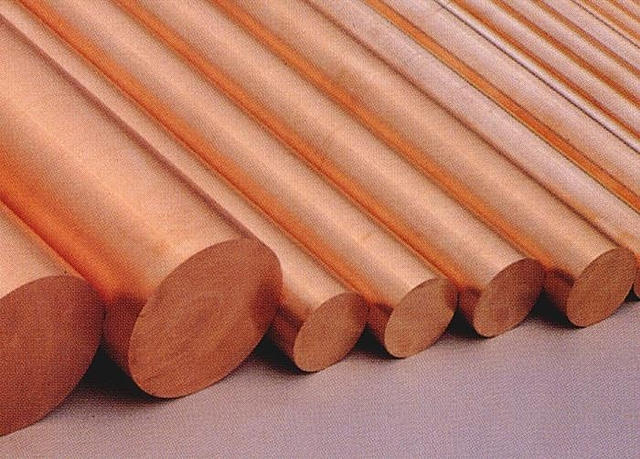July 7, 2014
Substrate Properties
Beryllium copper is best known for being a highly machinable, formable and elastic alloy. In addition, beryllium copper offers high thermal conductivity, and it usually retains much of the high electrical conductivity of pure copper.
With proper age or precipitation hardening, beryllium copper also demonstrates high strength.
In addition to these properties, beryllium is also nearly transparent to x-rays, and because, in addition, it can absorb extreme heat, it is a frequent choice for x-ray and laser device applications.
Recommended Coatings
If the coater is capable of precisely executed surface preparation, any coating can be made to adhere to beryllium copper. Currently, the most popular choice for this substrate are PTFE-based coatings (such as DuPont/Axalta PTFE coatings, or Whitford’s line of Xylans®).
Known Issues with Applying Coatings
Adhesion is a major issue when copper is the substrate, and beryllium copper is no exception. The oxidation that happens to copper creates a thin film over the substrate that will cause almost all coatings to fail due to lack of adhesion. If you are using a copper-based alloy, such as beryllium copper, it’s vital to use a coating facility that offers complete pretreatment services in-house. Although there are several ways to tackle the pretreatment of copper, at AIC we often apply a special primer coat immediately after sandblasting or other pretreatment to seal out the air and prevent the substrate from further interacting with the environment.
In the same vein, it’s important to remember that copper is extremely sensitive to heat. If preheating is part of the coating process, additional surface preparation might be necessary after the preheating due to oxidation issues.
Finally, depending on how the part has been manufactured, it’s important to look into whether the component can withstand the temperatures of the cure cycles without deforming. As mentioned earlier, beryllium copper and other coppers often need to undergo a specific hardening process in order to exhibit the necessary hardness.
